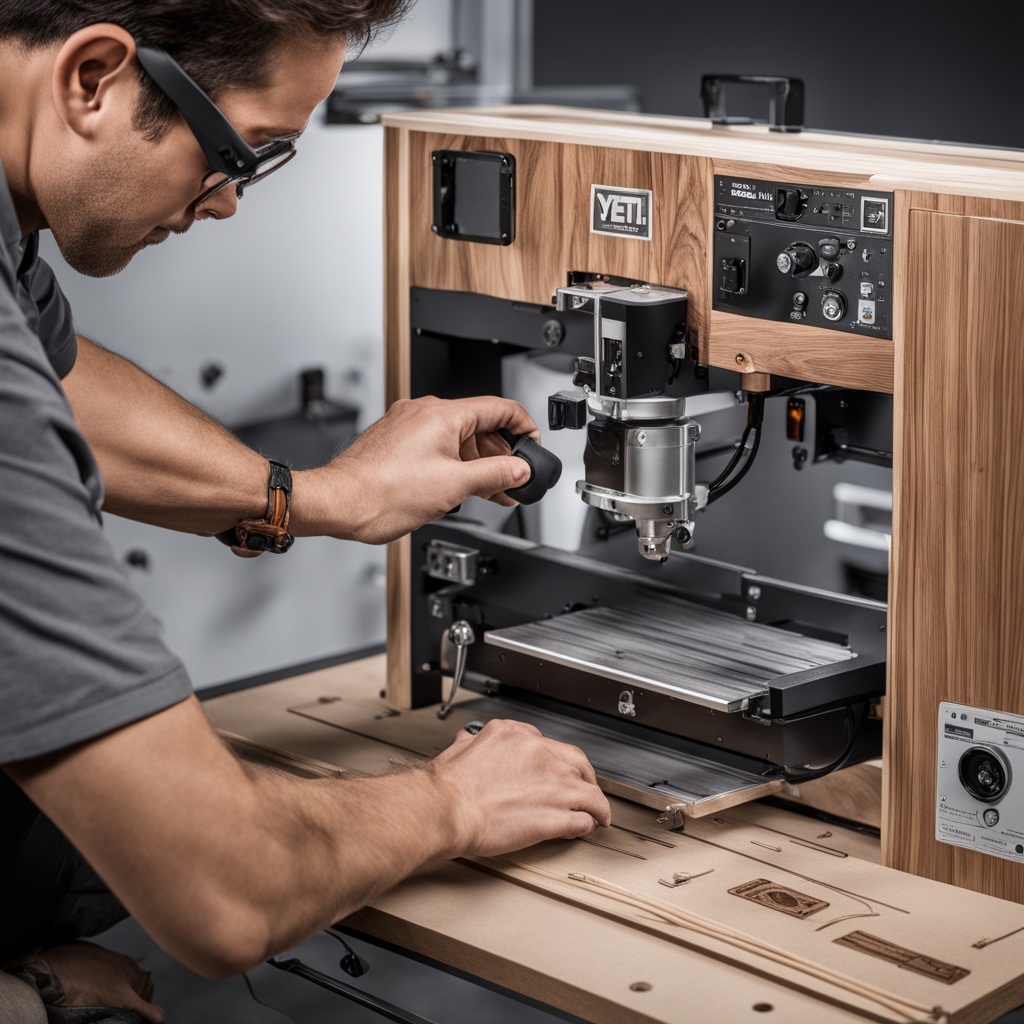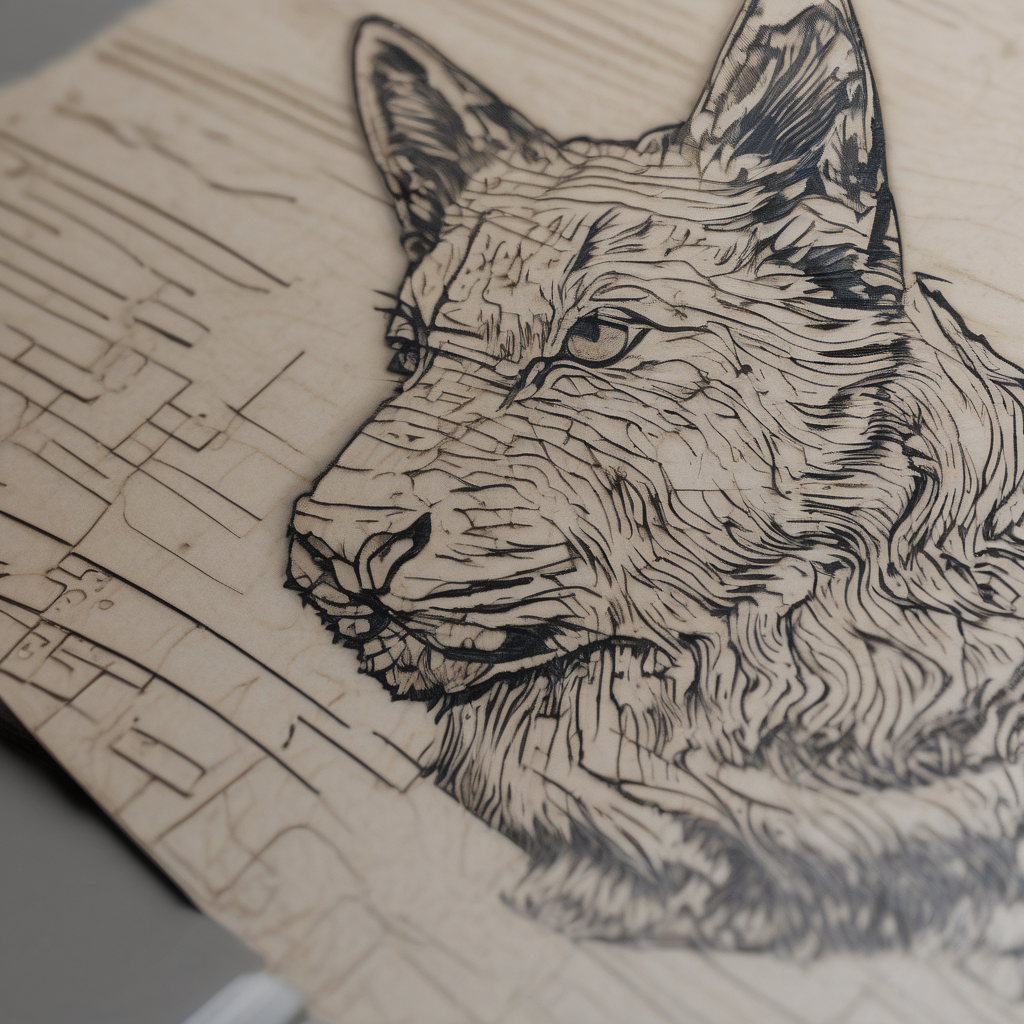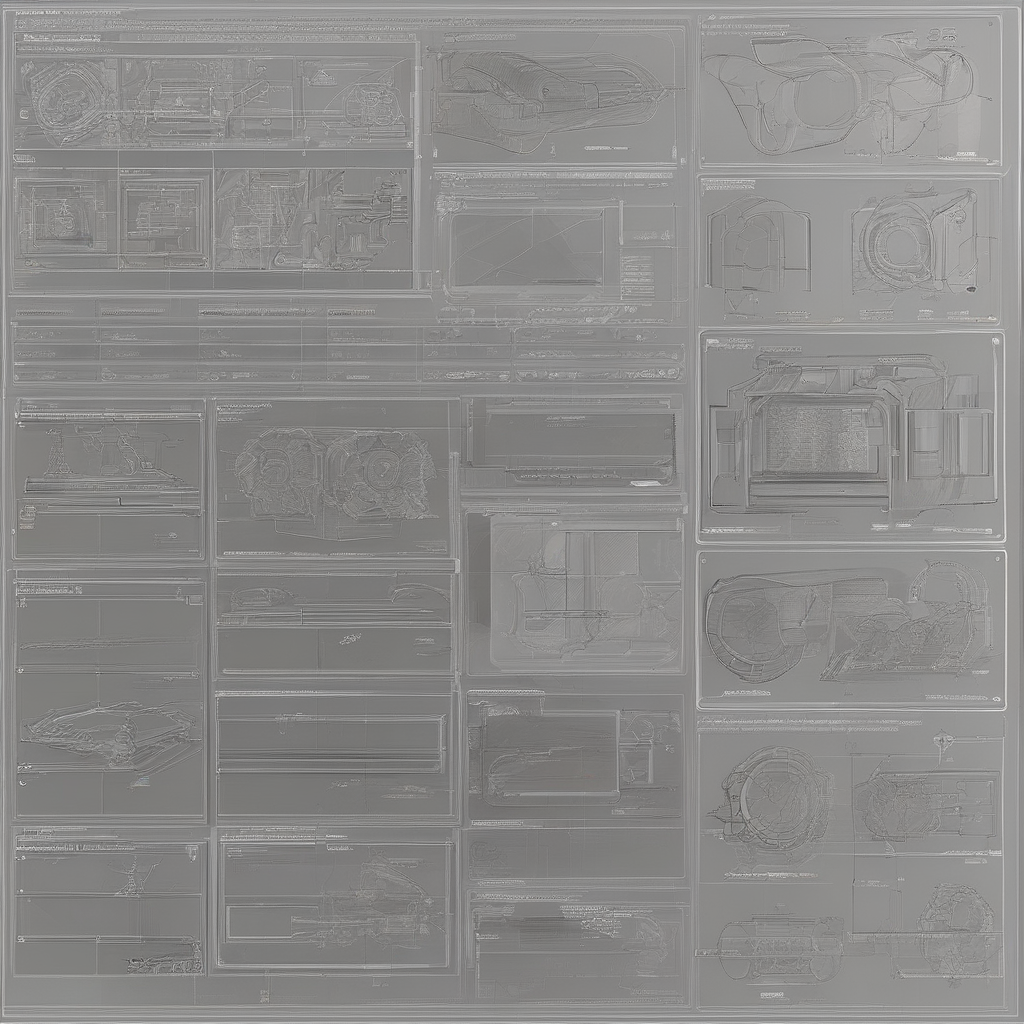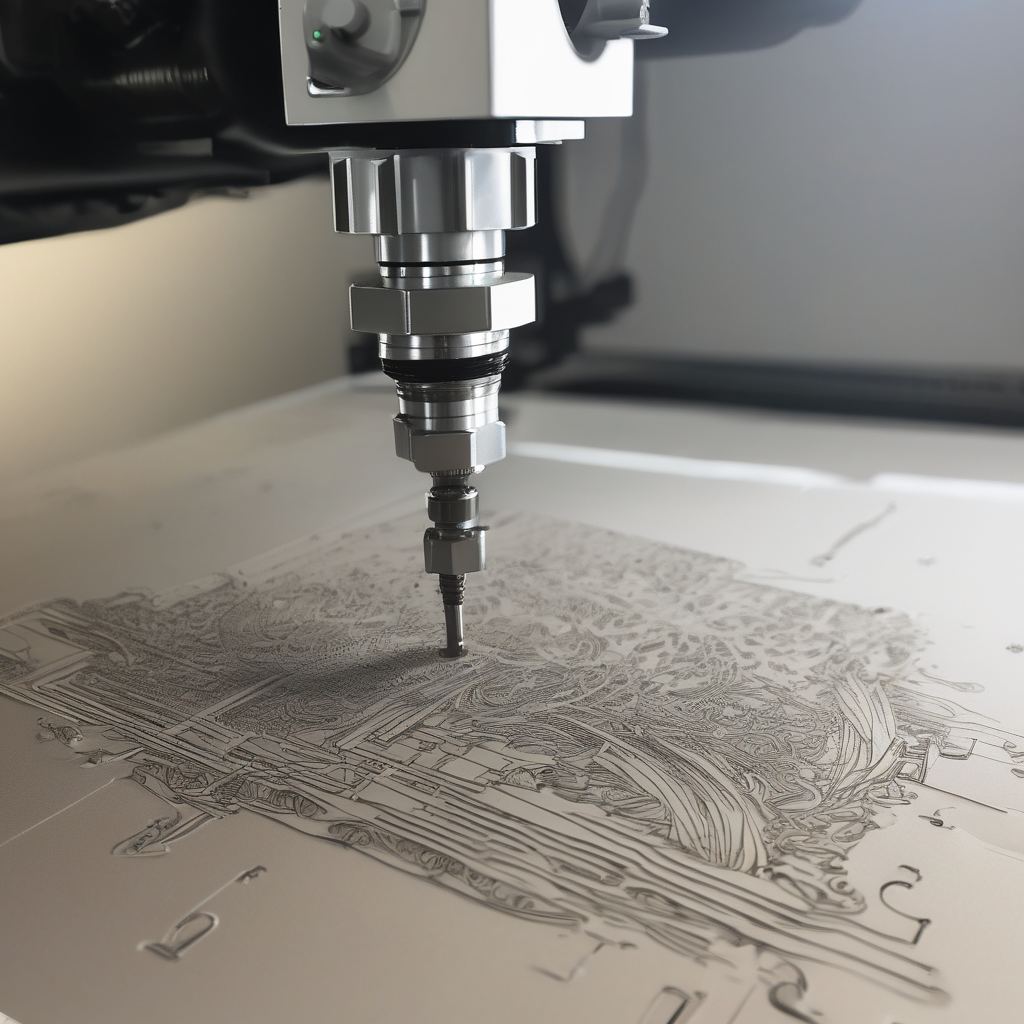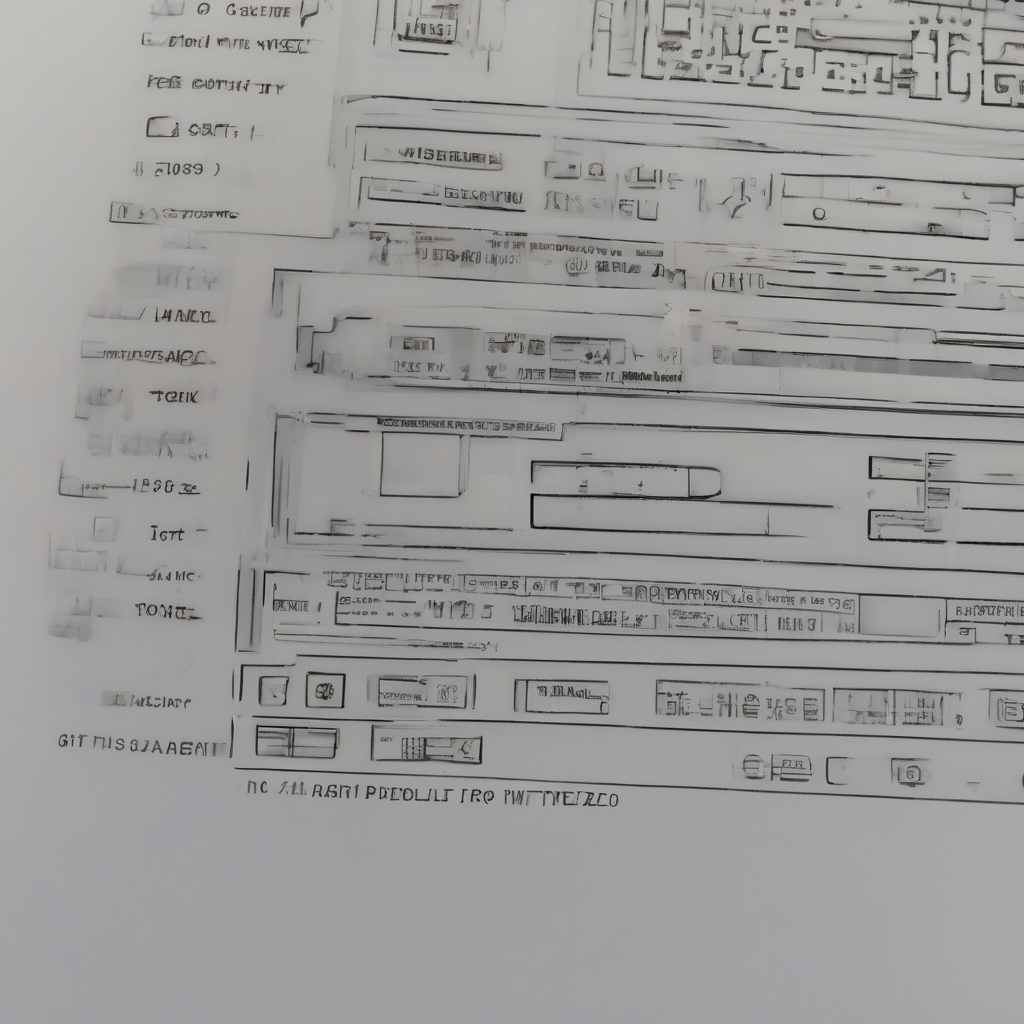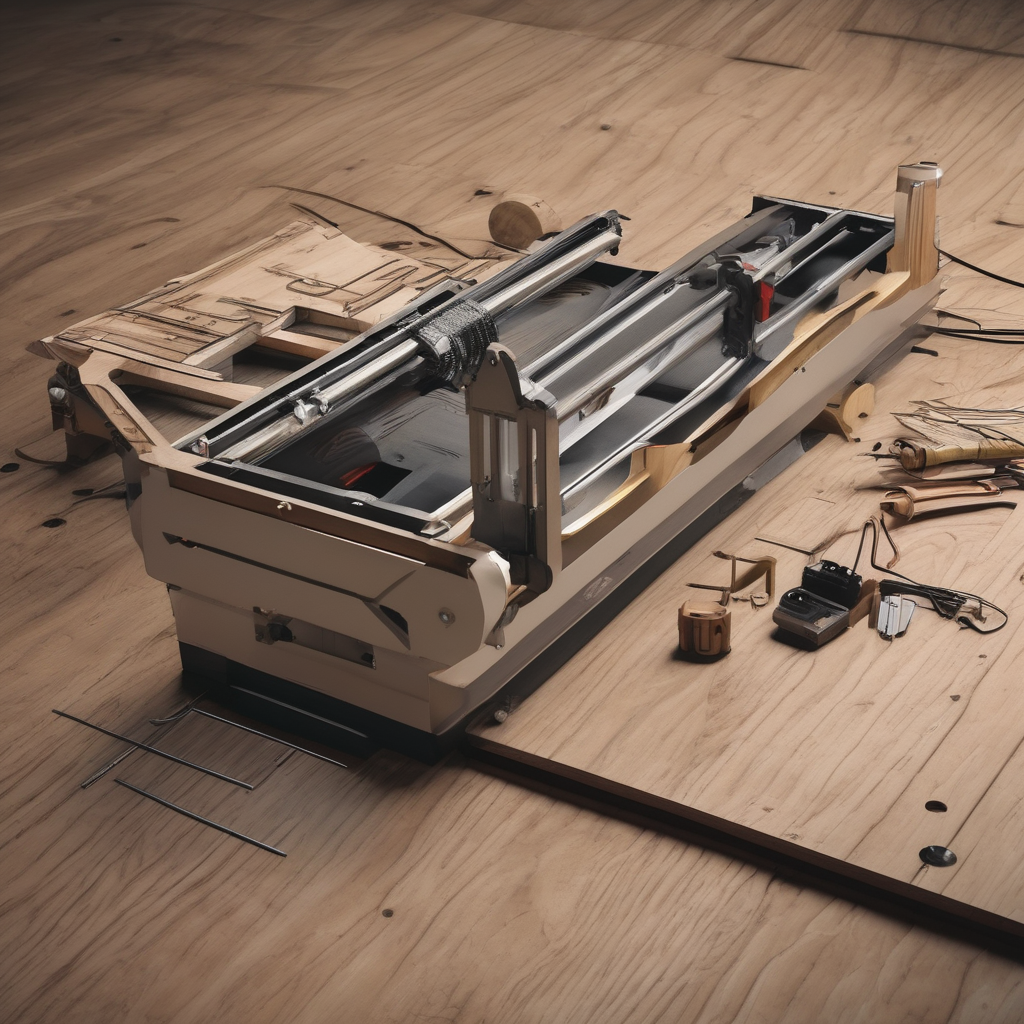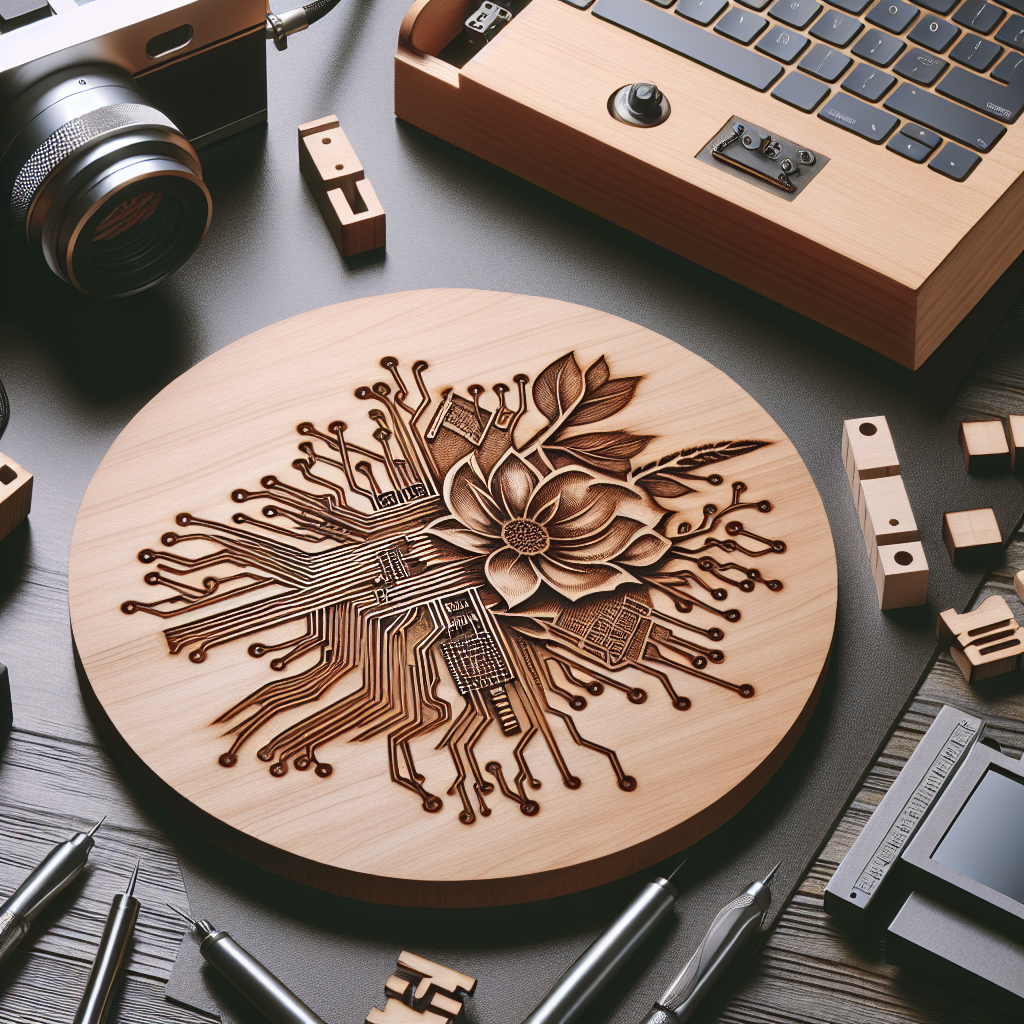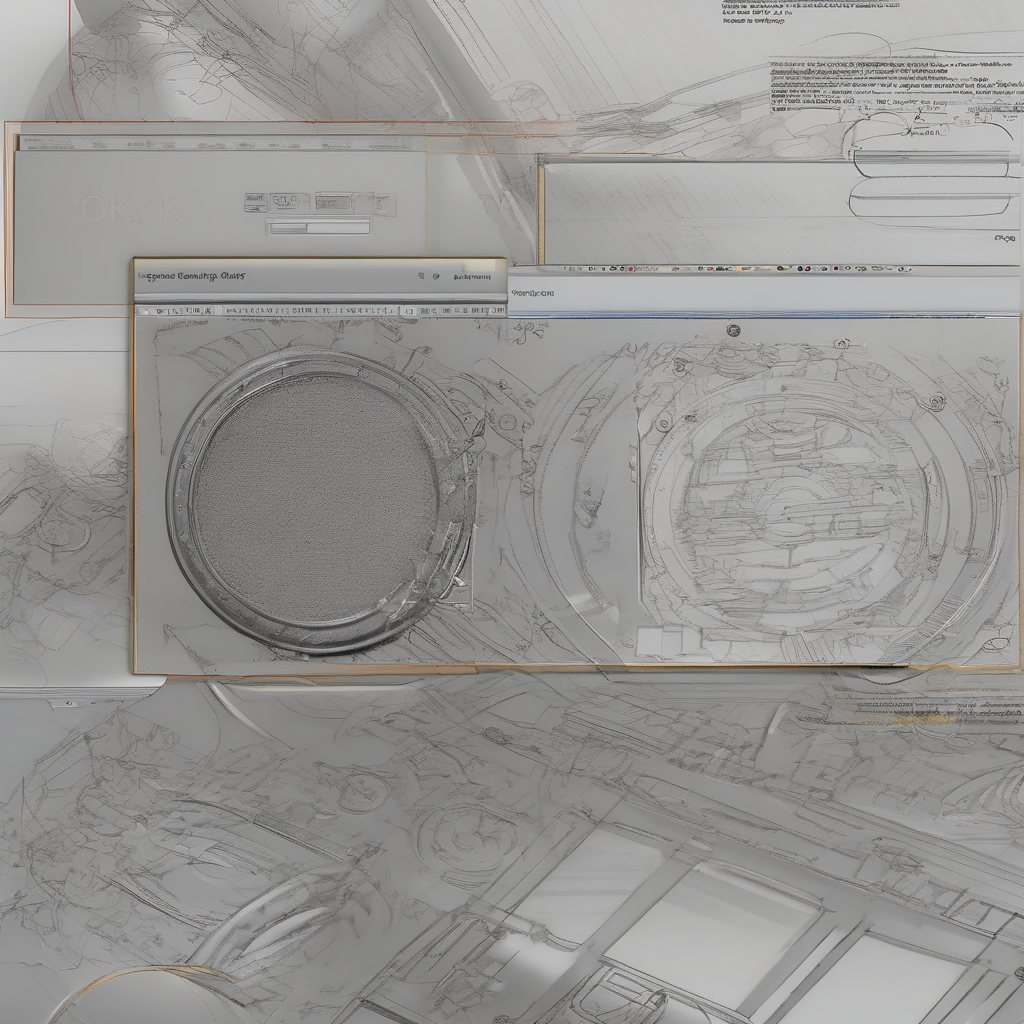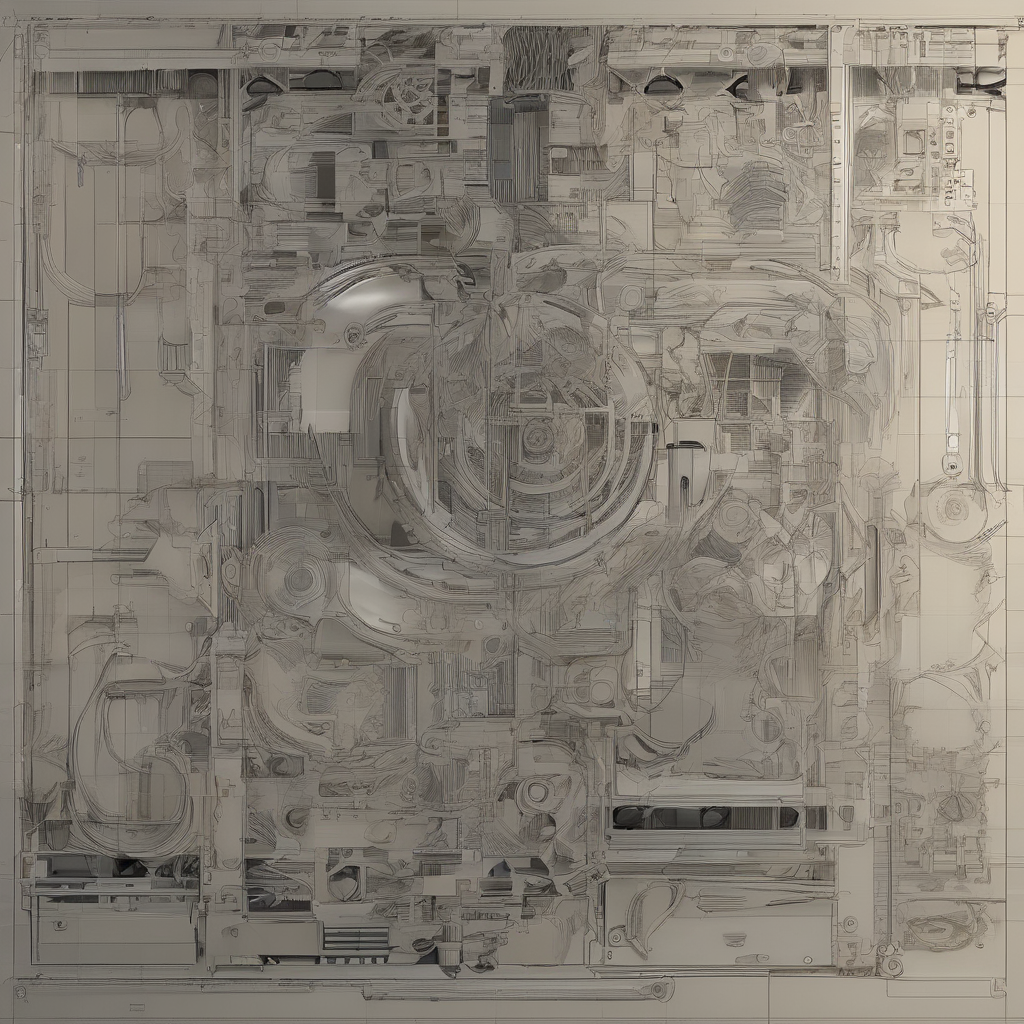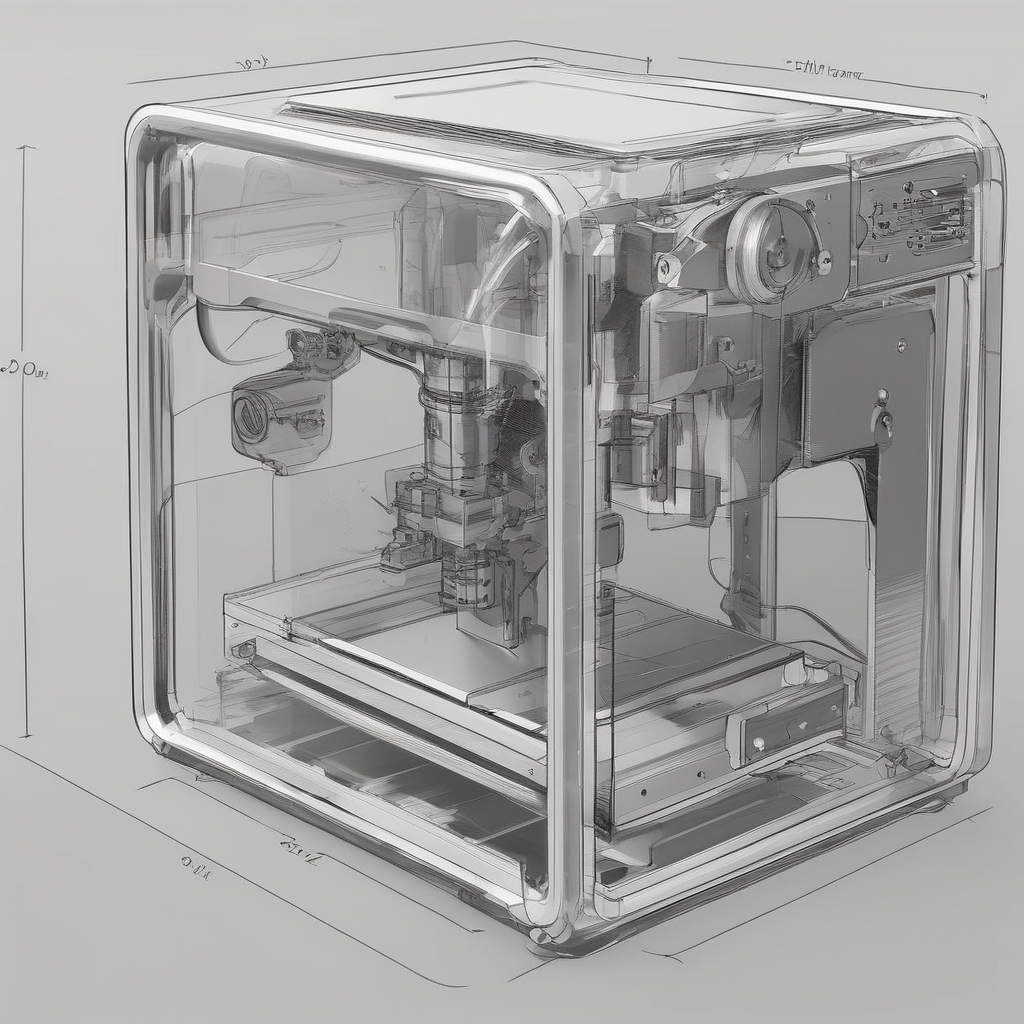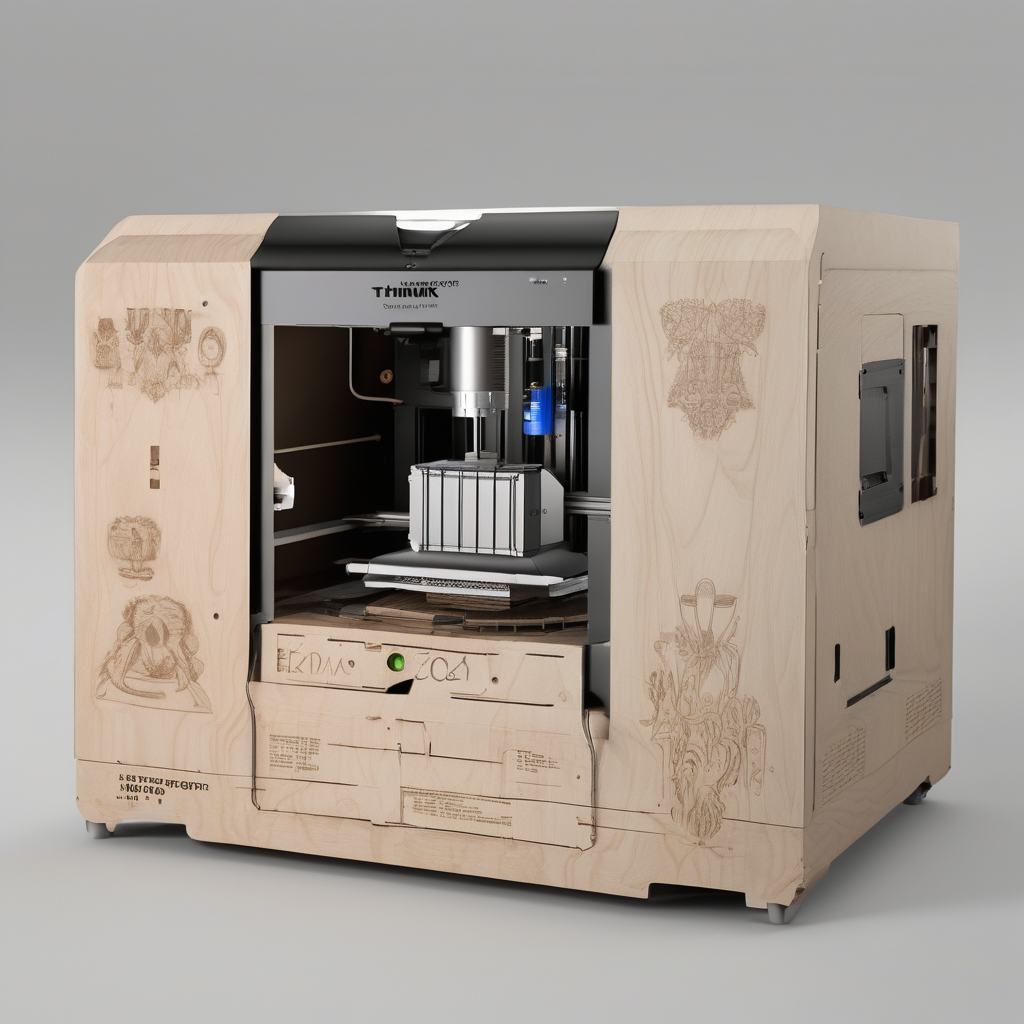Masking Tape vs Transfer Tape: Which One Wins in Laser Engraving?
Laser engraving has become a popular method for creating intricate designs on various materials, from wood to metal and plastic. When it comes to protecting surfaces during laser engraving, two types of tapes are commonly used: masking tape and transfer tape. Both have their unique advantages and drawbacks, but choosing the right one can make a significant difference in the quality of your final product. In this article, we will explore the differences between masking tape and transfer tape for laser engraving, helping you decide which one is best suited for your projects.
What Is Masking Tape?
Masking tape, also known as painter’s tape, is a popular choice for protecting surfaces during laser engraving. It is designed to create clean edges and prevent unwanted laser markings on the surrounding area. Masking tape is typically made from a paper or cloth backing with an adhesive layer that can be easily removed without leaving residue.
One of the key features of masking tape is its ability to adhere well to smooth surfaces while still being easy to remove. This makes it ideal for use on materials like wood, plastic, and even some metals. However, masking tape may not be as effective on uneven or textured surfaces, where the adhesive might not hold properly.
When using masking tape for laser engraving, it is important to ensure that the tape is applied tightly and without air bubbles. Any gaps or unevenness can lead to laser marks appearing in unintended areas. Additionally, masking tape is often used in combination with other materials, such as templates or stencils, to create more complex designs.
What Is Transfer Tape?
Transfer tape, on the other hand, is specifically designed for transferring designs from a laser-cut material to another surface. It is commonly used in conjunction with laser cutters to ensure that intricate designs are transferred accurately without any distortion. Transfer tape is typically made from a high-tack adhesive that can hold even the most delicate shapes firmly in place.
One of the main advantages of transfer tape is its ability to handle small and detailed cuts, making it ideal for projects like creating decals or custom stickers. The strong adhesive ensures that the design remains intact during the transfer process, resulting in a clean and precise final product.
However, transfer tape can be more challenging to work with compared to masking tape. It requires careful application and alignment, as any misplacement can result in the design being off-center or distorted. Additionally, transfer tape may leave some residue on the surface if not removed properly, which can be difficult to clean up.
Key Differences Between Masking Tape and Transfer Tape
To better understand the differences between masking tape and transfer tape, let’s break down their key features:
- Adhesion Strength: Transfer tape has a stronger adhesive compared to masking tape, making it better suited for transferring delicate designs.
- Surface Compatibility: Masking tape is more versatile and can be used on a wider range of surfaces, including uneven or textured materials.
- Application Ease: Masking tape is generally easier to apply and remove, while transfer tape requires more precision and care.
- Design Complexity: Transfer tape excels at handling intricate designs with small details, whereas masking tape is better for simpler shapes and larger areas.
These differences highlight the unique strengths of each type of tape, making them suitable for different types of laser engraving projects. The choice between masking tape and transfer tape ultimately depends on your specific needs and the complexity of your design.
When to Use Masking Tape
Masking tape is ideal for projects that require a quick and easy way to protect surfaces during laser engraving. Its versatility makes it suitable for a wide range of materials, including wood, plastic, and metal. Masking tape is also a good choice for larger designs or areas where precision isn’t as critical.
One common use case for masking tape is when you need to create clean edges around your laser engraving. By applying the tape along the borders of your design, you can ensure that the laser doesn’t accidentally mark the surrounding area. This is particularly useful for projects like sign-making or decorative engravings where a polished finish is essential.
Masking tape is also a great option if you’re working on a budget, as it tends to be more affordable compared to transfer tape. However, keep in mind that masking tape may not hold up as well on very smooth or highly detailed surfaces, which could limit its effectiveness for certain types of projects.
When to Use Transfer Tape
Transfer tape, on the other hand, is best suited for projects that require precise and intricate designs. Its strong adhesive ensures that even the smallest details are transferred accurately, making it ideal for creating custom decals, stickers, or complex patterns.
Transfer tape is particularly useful when working with materials like acrylic or vinyl, where maintaining the integrity of the design during transfer is crucial. The high-tack adhesive holds the material firmly in place, reducing the risk of peeling or distortion during the engraving process.
However, transfer tape can be more challenging to use, especially for beginners. It requires careful alignment and application to ensure that the design transfers correctly. Additionally, the residue left by some types of transfer tape can be difficult to remove, which may require extra cleaning steps after your project is complete.
Frequently Asked Questions
1. Can I use masking tape for transferring designs?
While masking tape can provide some protection during laser engraving, it is not ideal for transferring intricate designs due to its weaker adhesive strength and less precise application.
2. Is transfer tape reusable?
Generally, transfer tape is designed for single use. However, some types may be reusable depending on the quality and condition of the adhesive.
3. Which tape is better for small details?
For small and detailed designs, transfer tape is the better choice due to its strong adhesive and ability to hold delicate shapes firmly in place.
Conclusion
Choosing between masking tape and transfer tape for your laser engraving projects depends on your specific needs and the complexity of your design. Masking tape offers versatility and ease of use, making it a great option for larger projects or surfaces where precise adhesion isn’t critical. On the other hand, transfer tape excels at handling intricate designs with small details, ensuring accurate transfers and clean results.
By understanding the differences between these two types of tapes, you can make an informed decision that will enhance the quality and outcome of your laser engraving projects. Whether you’re creating custom signs, decals, or decorative engravings, selecting the right tape will help you achieve professional-grade results every time.
So, the next time you embark on a laser engraving project, consider whether masking tape or transfer tape is the best fit for your needs. With the right choice, you’ll be well on your way to creating stunning and precise designs that are sure to impress!
For more tips and tricks on laser engraving, check out our other articles at [insert website link].
masking tape vs transfer tape for laser engravingmasking tape vs transfer tape for laser engraving

